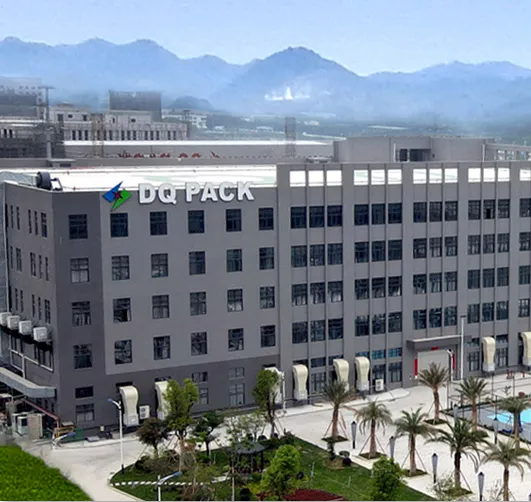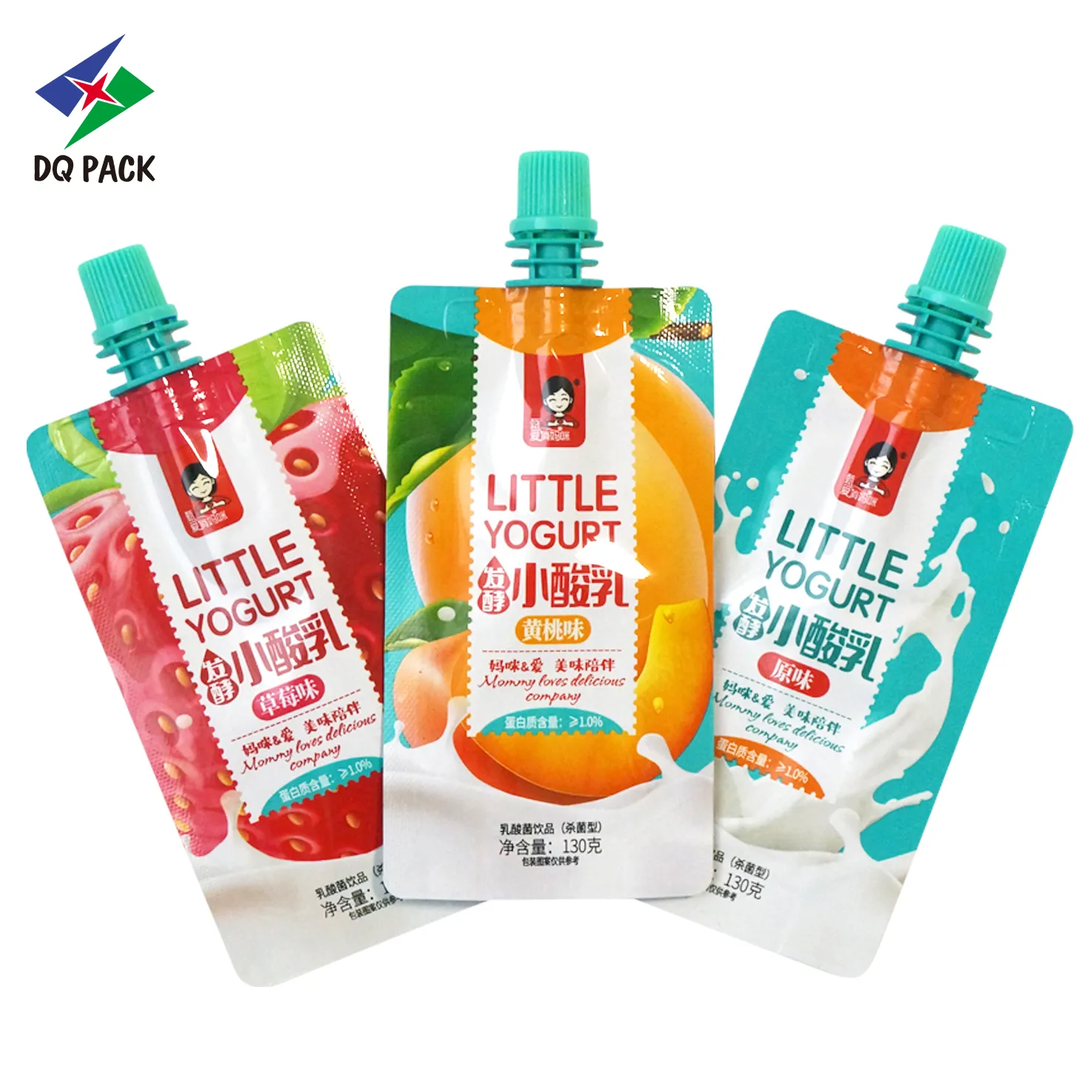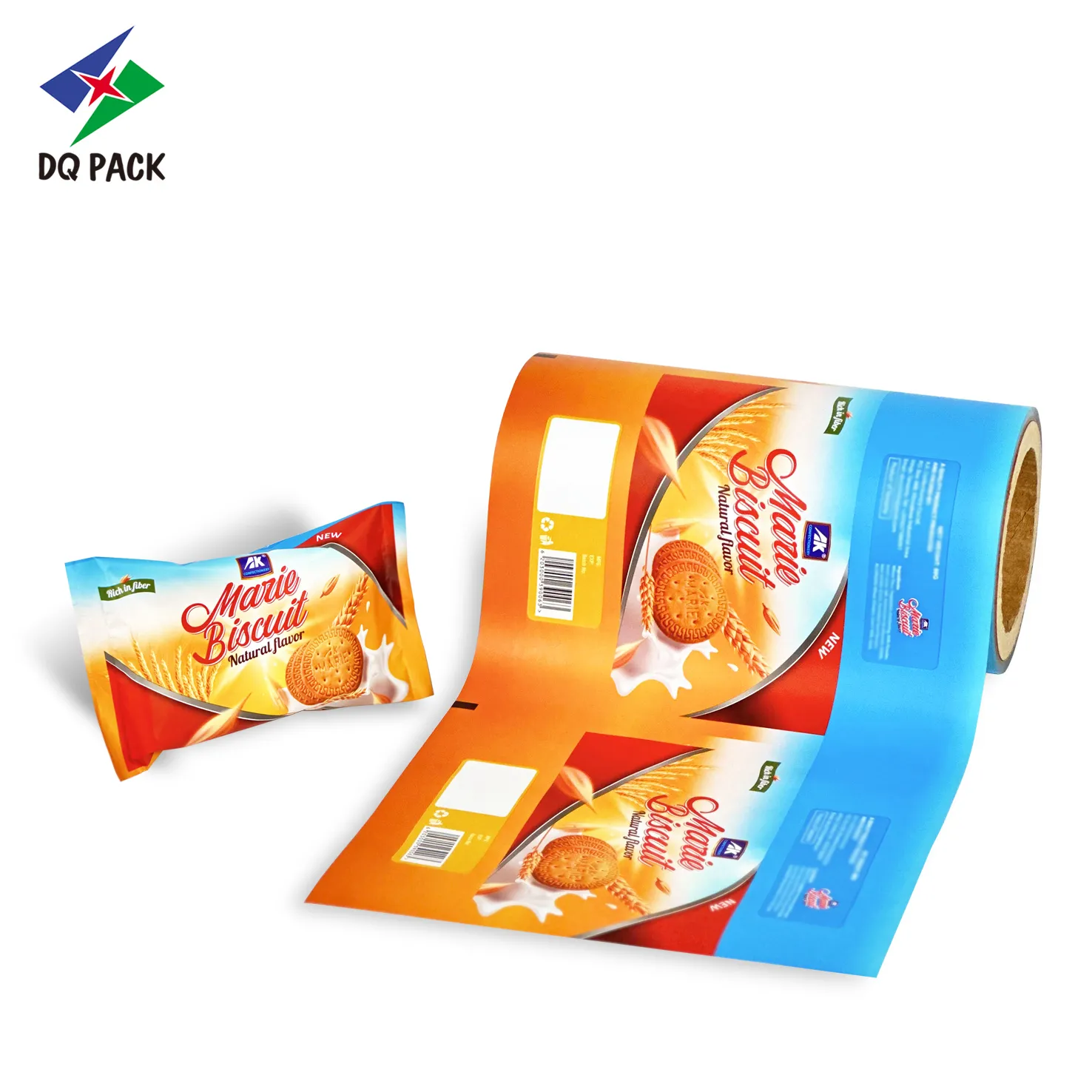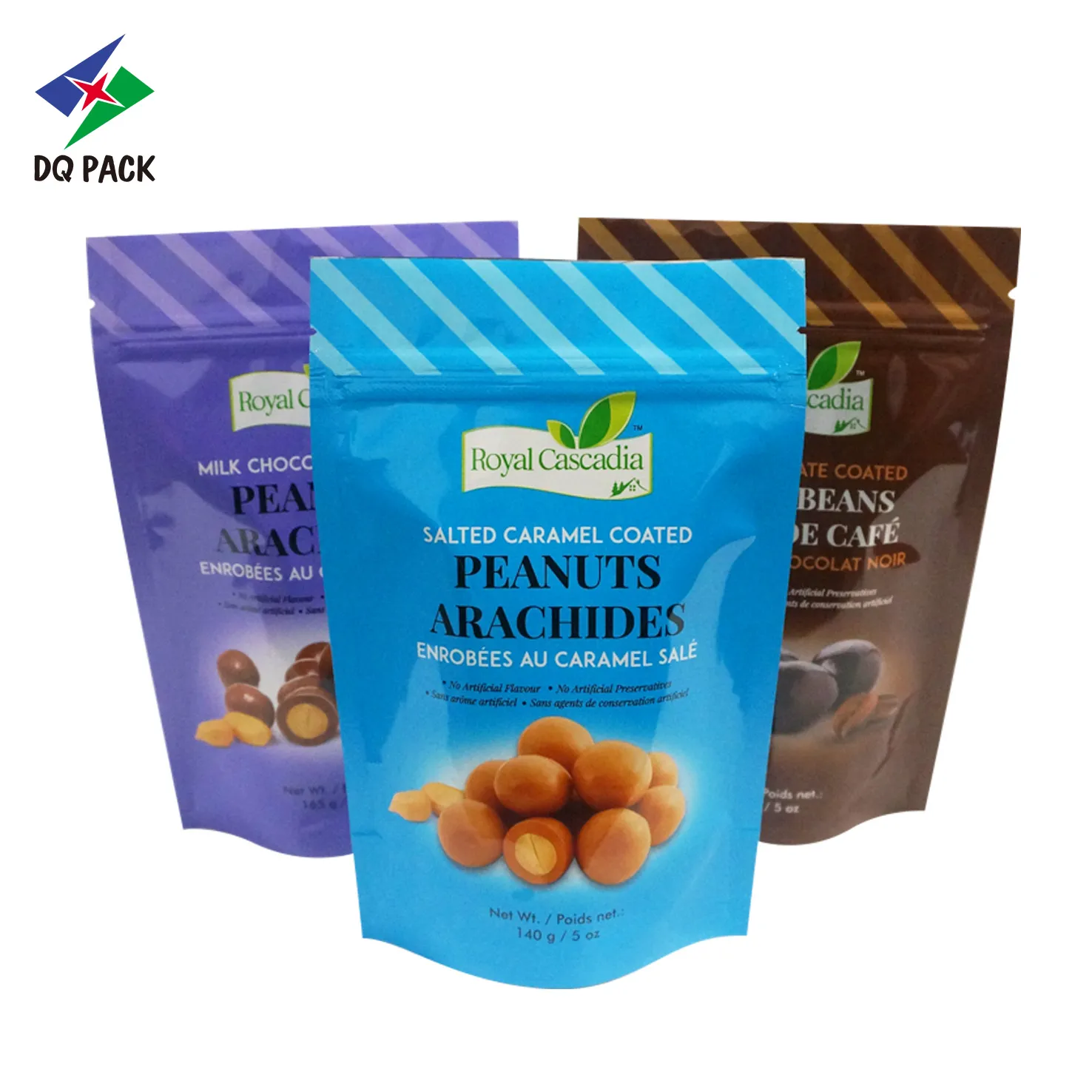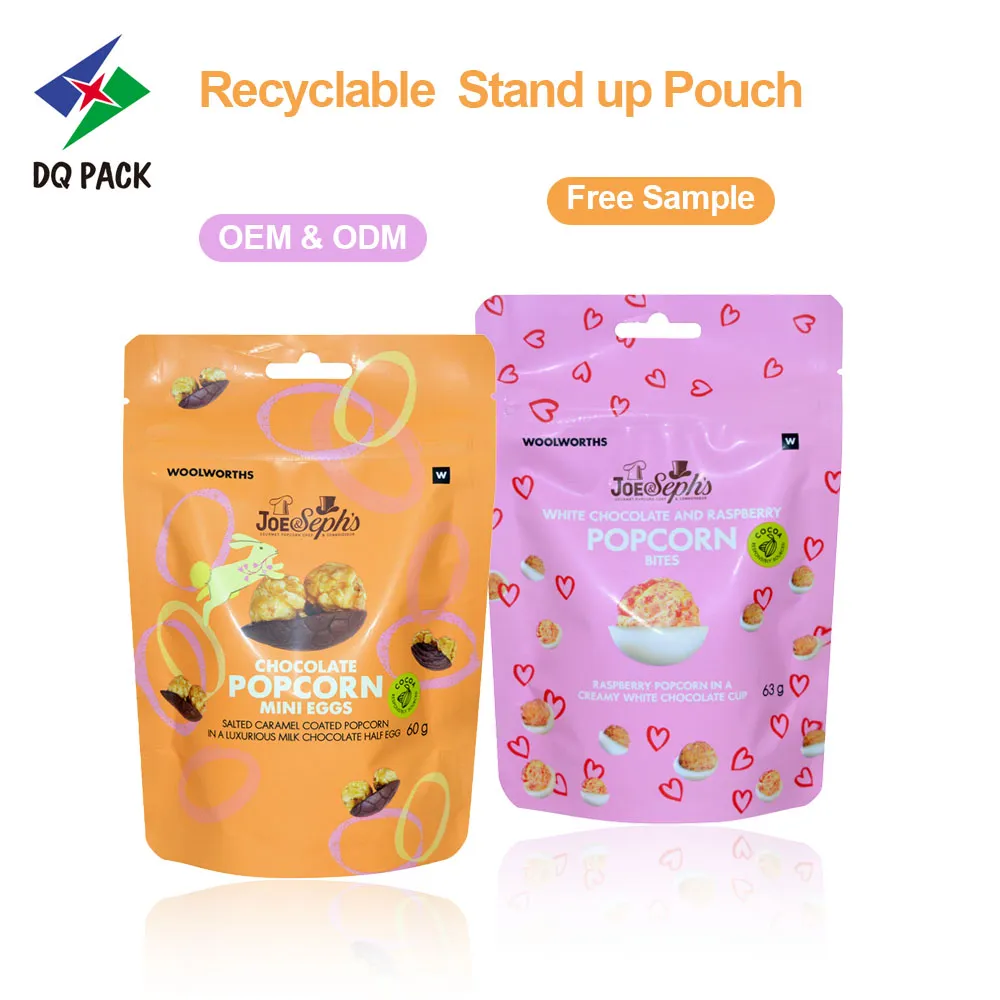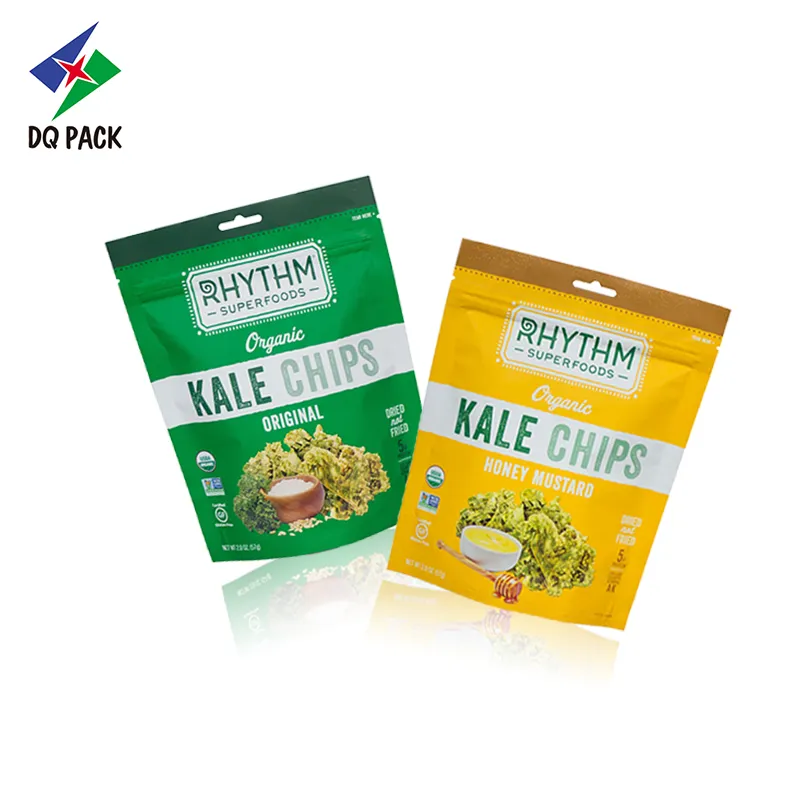Eco-friendly Yogurt Packaging: A Step Towards Sustainability
The global trend of environmentalism is like an unstoppable torrent, quickly sweeping every corner, and the food industry has certainly not been spared.
Today, adopting eco-friendly yogurt packaging is not only a responsibility to the environment but also an opportunity to enhance a brand’s image. Yogurt packaging must meet environmental requirements while also meeting consumer expectations.
PAQUETE DQ is an eco-friendly yogurt packaging manufacturer, providing brands with innovative eco-friendly packaging solutions.
Why Yogurt Packaging Must Be Environmentally Friendly?
Environmental Issues
When it comes to plastic yogurt packaging, do you dare to stare at it as wide-eyed as I do? That’s right, plastic is just stubbornly staying there, not going away. It piles up in rubbish heaps, not only polluting the environment, but also becoming an ‘old friend’ of the sea, and the small animals in the ocean are also ‘fascinated’ by it. The earth can not withstand this endless plastic erosion. Who can tolerate this violent aesthetics? Yogurt packaging is a problem that can’t be postponed; it needs to be made of smarter materials.
Consumer demand
Consumers are getting smarter and don’t think they don’t care about the environment. Especially young people, they are simply the voice of the environment. How can you trust them to buy a yogurt pack made of ‘plastic ghosts’? That’s just like giving them a hard time. Eco-friendly is not a ‘trendy’ word; it has gone from concept to concept in everyone’s life, especially when buying yogurt. If the brand wants to live a long time, taste is not enough; you have to make consumers care about ‘environmental protection’ can also make them willingly pay money, give you praise. If you are not environmentally friendly, consumers will calmly turn away.
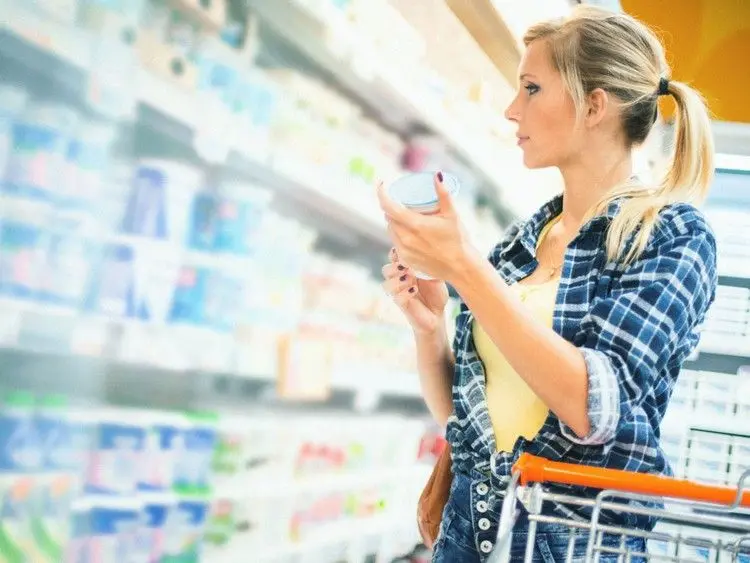
What Makes Yogurt Packaging Eco-friendly?
Biodegradable Materials
Biodegradable Materials (BBMs) are materials that break down through natural processes, usually made from plant-based raw materials or other natural resources. These materials are able to break down quickly under the right environmental conditions (e.g., moisture, temperature, oxygen, etc.) and do not remain in the environment for long periods of time. For example, by using polylactic acid (PLA) or other plant-based plastics as yoghurt packaging materials, these materials are able to break down in a shorter period of time, reducing environmental pollution. The use of biodegradable materials helps alleviate the plastic waste problem and reduces the burden on the ecosystem.
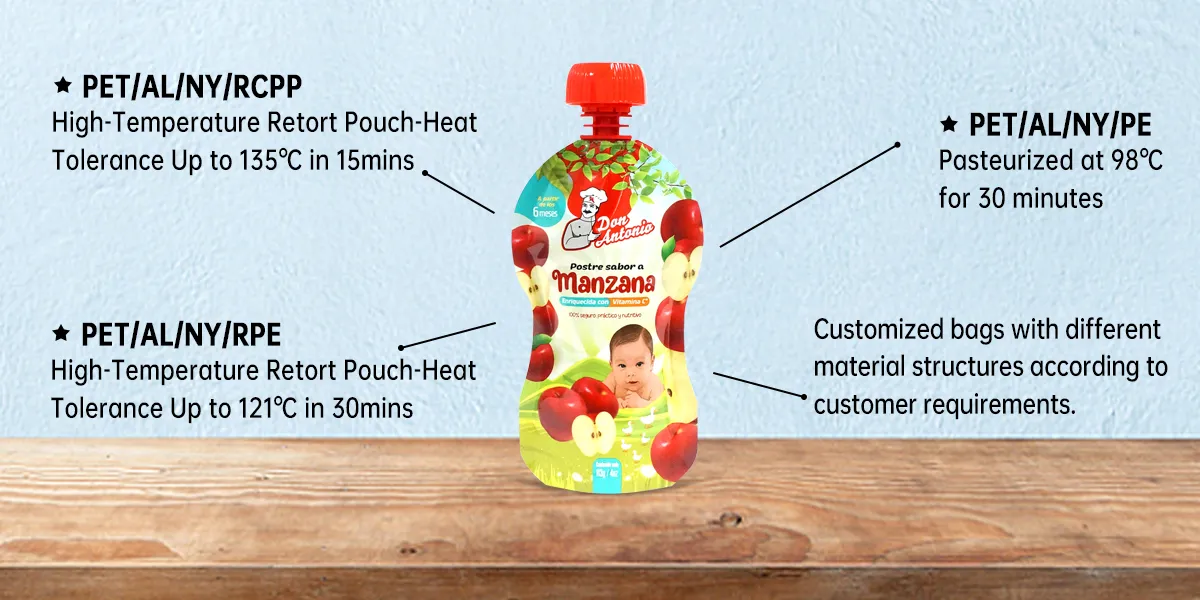
Recycled materials(rPET)
Look at these plastic bottles. Well, not throw it away; it can be made into packaging for yogurt. Okay, rPET, recycled plastic, want to try this? If you use it, at least you can save yourself the trouble of having to use new plastic and reduce your carbon footprint. Direct use of ‘old goods’, reuse of resources; this is the essence of the ‘circular economy’. Although not perfect, but already a good choice. Can reduce carbon, can reduce pollution, why not?

Compostable Materials
Compostable Materials (CM) are materials that can completely decompose into water, carbon dioxide, and organic matter under composting conditions without polluting soil and water. Unlike common plastics, compostable materials can be converted into nutrient-rich compost under certain environmental conditions (e.g., high temperatures, moisture, and sufficient oxygen) to help improve soil quality. Common compostable materials include packaging made from plant fibres, starches, or sugars, which are often suitable for food packaging, such as yoghurt containers. Yoghurt packaging using compostable materials not only reduces waste but also provides a sustainable solution.
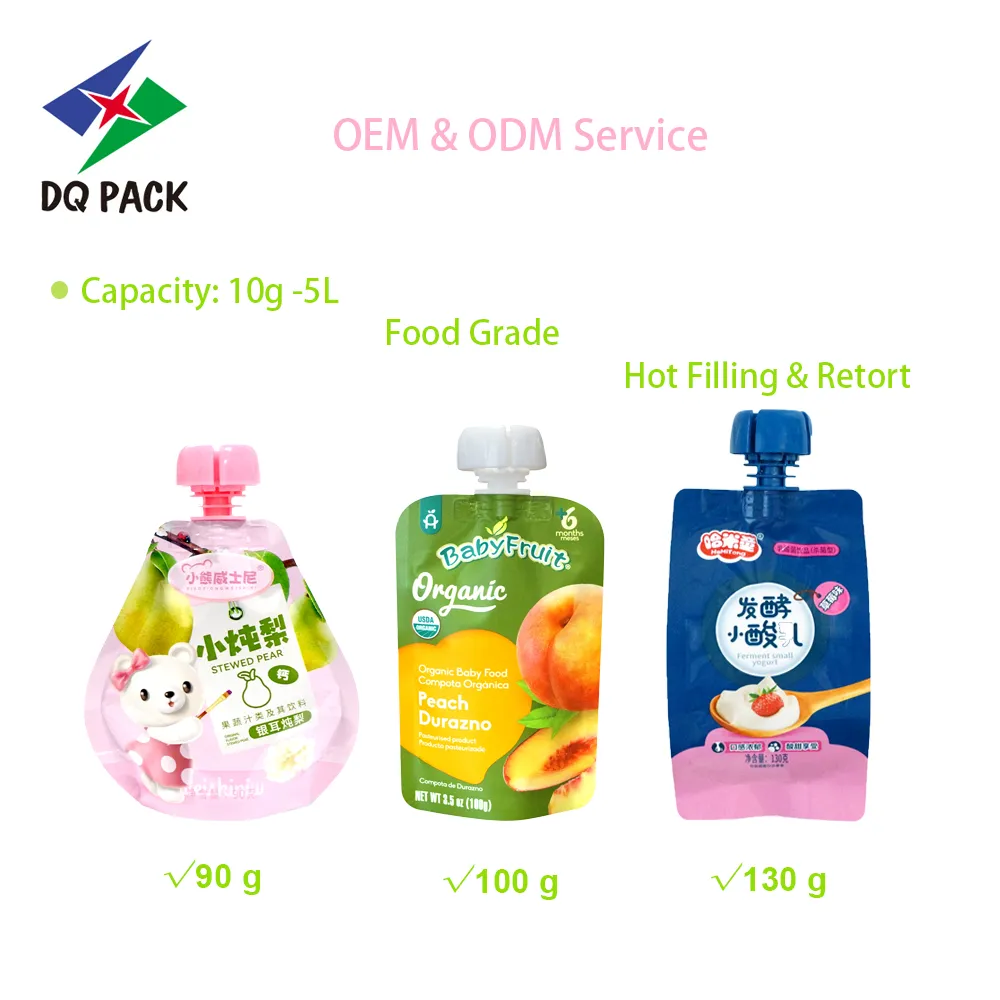
Benefits of Eco-friendly Yogurt Packaging
Reducing your carbon footprint: To put it bluntly, eco-friendly packaging is the best representation of ‘low-carbon living’. It allows you to emit fewer emissions and waste fewer resources. Using these eco-friendly materials for packaging saves energy by reducing carbon emissions during the production process, which is like giving the earth a weight loss, reducing its burden.
Reduce waste and promote recycling: The most direct benefit that eco-friendly packaging gives is that it reduces waste accumulation. Materials like rPET and glass, for example, can be recycled and reused, allowing us to avoid stuffing rubbish into the sea or landfill. It’s like an environmental revolution that bucks plastic’s dominance.
Enhance brand image and consumer loyalty: Eco-friendly packaging not only impresses consumers, it is like injecting a ‘soul’into a brand. Once a brand starts to be eco-friendly, consumer loyalty goes up. Look, who doesn’t want to be a green hero? If you go green, he will support you and bring you a lot of loyal fans, who don’t like that?

Challenges and Considerations in Eco-friendly Yogurt Packaging
Cost and production challenges: The price of eco-packaging, imagine, is not that ‘cheap’. The plant-based plastics, the glass, they’re all more expensive than traditional plastics. But, nonetheless, you have to go this way, or you’ll be priced out of the market. Only, this road, in the short term, there may be some pain.
Limitations of materials: Eco-friendly materials do have a lot of ‘heart’, but they are not perfect. For example, PLA can not withstand high temperatures, still can not do all the yoghurt packaging needs. Paper-based packaging, for example, has a serious problem with humidity. If you can’t protect it from humidity, the yoghurt will‘lose its flavour’. This is the paradox you have to face. If you want to change the world, you have to endure some pain.
Consumer education: Not everyone understands the true meaning of environmental protection. After all, habits are too difficult to change. You have to make consumers realise that eco-packaging is not something ‘optional’, it’s vital for the future. Brands need to promote and educate them that environmental protection is a joint effort.
The Future of Eco-friendly Yogurt Packaging
Technological Innovations
The future of yoghurt packaging may well not be what you see today. Imagine edible packaging and ultra-efficient recycling technologies that could make everything easier and greener. Technology will continue to push packaging towards a sustainable future, and we can only hope for more novel options.
Industry Trends and Regulations
Stricter and stricter environmental regulations and the global ‘green revolution’ are forcing companies to adjust their strategies or risk being left behind in the marketplace. As long as you are at the forefront of environmental protection and comply with regulations, you are a ‘winner’, not only to meet the higher market incentives, but also to enjoy policy benefits.
Conclusión
Eco-friendly yogurt packaging is not just a trend; it has become an inevitable choice for the future. No brand can stop this ‘green wave. ’ Choosing eco-friendly materials is not just about the environment, it’s also about the future of your brand. The sooner you take action, the better you will be able to take advantage of the market and build stronger consumer relationships. As technology advances, the future of eco-friendly packaging is only going to become more efficient and may even lead to big changes in the food packaging industry. So get with it and don’t let yourself fall behind.
However, fortunately, the sustainable packaging technology of PAQUETE DQ can help you stay ahead in the industry of packaging. We are offering highly customized solutions for everyone who needs it. Based on more than 30 years of experience, we can guide you with professional advice to choose the right materials for your demand, then colors, styles, and everything you need.
